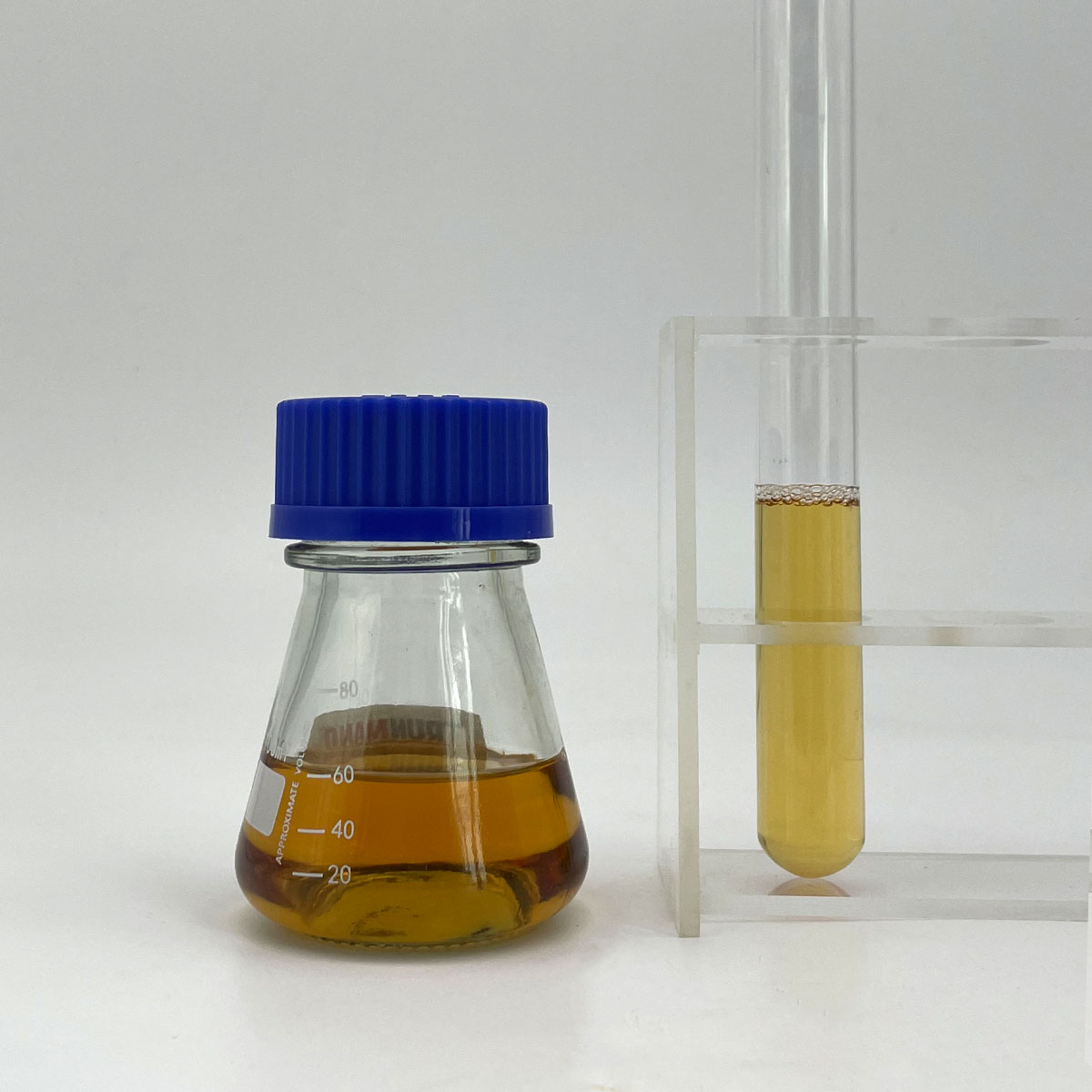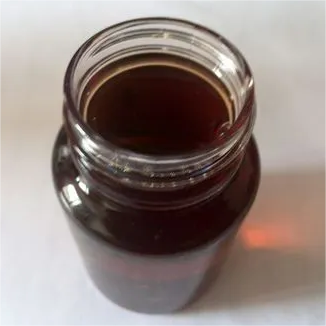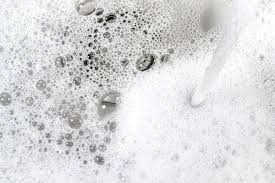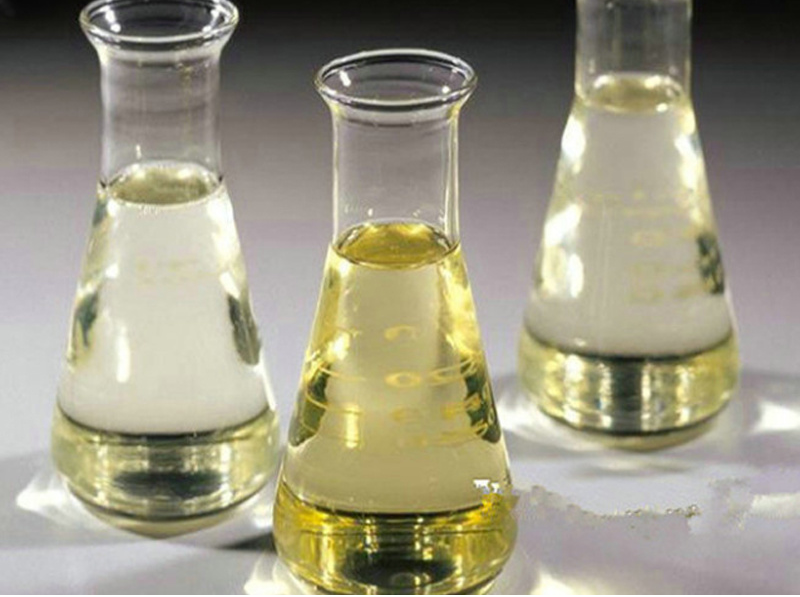**Title: The 80/20 Rule in Cleaning: Why This Surfactant Mix Rocks**
(What Is 80/20 Surfactant)
**Main Keyword:** 80/20 Surfactant
**1. What Exactly is 80/20 Surfactant?**
Think of surfactants as the tiny workhorses in your soap or cleaner. They break down grease and grime, letting water wash it away. 80/20 surfactant isn’t one single chemical. It’s a specific blend. The name gives it away: roughly 80% is one type of surfactant, and 20% is another. The 80% part is usually Linear Alkylbenzene Sulfonate (LAS). LAS is a powerful anionic surfactant. It’s great at tackling oily dirt. The 20% part is typically a different kind, often amphoteric. Cocamidopropyl Betaine is a common choice here. Amphoteric surfactants are versatile. They can act like anionic surfactants sometimes and cationic other times. They boost foam and make the blend gentler. This combination creates a cleaning powerhouse. It’s more effective than using either surfactant alone. You get strong cleaning power plus good foam and mildness.
**2. Why Choose 80/20 Surfactant? The Power of the Pair**
The magic happens because the two surfactants work together. LAS is tough on grease. It’s a strong cleaner and very cost-effective. But LAS alone can have drawbacks. It might not foam as well in hard water. It can also be harsh on skin. Adding the amphoteric surfactant fixes these issues. The amphoteric part boosts the foam significantly. It makes the foam richer and more stable. This is important for products like hand soaps and shampoos. People associate foam with cleaning power. The amphoteric surfactant also softens the harshness of LAS. It makes the blend milder. This is better for skin contact. The amphoteric surfactant also helps the LAS work better. It improves the overall cleaning performance. The blend cuts grease better than LAS alone. It works well in different water conditions. It’s a very balanced performer. This combination offers excellent value. You get strong cleaning, good foam, mildness, and reliability without a huge price tag.
**3. How is 80/20 Surfactant Made?**
Making 80/20 surfactant involves two main steps. First, the LAS is produced. This starts with linear alkylbenzene (LAB). LAB is sulfonated. Sulfonation means reacting it with sulfur trioxide gas. This creates linear alkylbenzene sulfonic acid (LABSA). LABSA is very acidic and corrosive. It needs to be neutralized. This is done by adding a base like sodium hydroxide. Neutralization turns LABSA into sodium linear alkylbenzene sulfonate. This is the LAS salt, the 80% part. Second, the amphoteric surfactant is made or sourced. For Cocamidopropyl Betaine, fatty acids from coconut oil react with dimethylaminopropylamine. This creates cocamidopropyl dimethylamine. Then, this reacts with sodium chloroacetate to form the final betaine. Finally, the two components are blended. The LAS solution and the amphoteric surfactant solution are mixed together in the right ratio. The mixture is adjusted to the correct concentration and pH. Quality control checks ensure the blend meets specifications before it’s packaged and shipped.
**4. Where Do We Use 80/20 Surfactant? Everyday Heroes**
This blend is incredibly common. You probably use products containing it every single day. Look under your kitchen sink or in your shower. Heavy-duty liquid laundry detergents often rely on it. It powers through greasy stains on clothes. Dishwashing liquids, especially those for hand washing greasy pans, use it heavily. It cuts through baked-on food fats. All-purpose cleaners for countertops, stovetops, and floors frequently contain it. It tackles kitchen spills and grime effectively. Car wash shampoos need good foam and cleaning; 80/20 surfactant delivers. Industrial settings use it a lot too. Garage floor cleaners deal with oil and grease. Degreasers for engines and machinery need strong cleaning power. Janitorial supplies for cleaning large areas depend on its effectiveness. Even some personal care products like hand soaps and body washes use versions of this blend. Its balance of power, foam, mildness, and cost makes it a top choice across many cleaning categories.
**5. 80/20 Surfactant FAQs: Your Questions Answered**
(What Is 80/20 Surfactant)
People often have practical questions about this common ingredient. Here are some clear answers. Is 80/20 surfactant safe? Generally, yes, when used properly in finished products. Always follow the product label instructions. Avoid direct contact with concentrated forms. Wear gloves if handling concentrates. Is it biodegradable? LAS and common amphoterics like betaine break down reasonably well in wastewater treatment plants. Modern formulations prioritize biodegradability. Can I use pure 80/20 surfactant concentrate at home? Not recommended directly. Concentrates are meant to be diluted significantly to make cleaning solutions. Using them full strength is wasteful and potentially harsh. Always dilute according to the product instructions. What concentration should I use? Dilution ratios vary wildly. It depends entirely on the specific cleaner you are making and the job. Heavy degreasing needs more concentrate. Light cleaning needs less. Always check the manufacturer’s dilution guide for the concentrate you buy. Does it work in hard water? Yes, much better than LAS alone. The amphoteric surfactant helps the blend perform more consistently in hard water, though very hard water might still require extra water softeners in the formula. Why is it so popular? It hits the sweet spot: strong cleaning power, good foam, reasonable mildness, and cost-effectiveness. It’s a reliable workhorse for formulators.
Inquiry us
if you want to want to know more, please feel free to contact us. (nanotrun@yahoo.com)




